While I highly recommend getting off the beaten path, it is undeniable that Rome has some of the world’s most famous must-see attractions.
It is nearly unthinkable, for example, to come to Eternal City and not even walk around the outside of the Colosseum.
There are also world class museums, major monuments, ancient ruins and traditional markets that everyone should see on their first trip to Rome.
Make sure to work a few of Rome’s more unexpected corners, but there is absolutely no shame in prioritizing the greatest hits.
Without further ado, here are Rome’s must-see attractions:

Colosseum: Built by Emperor Vespasian, the Colosseum was inaugurated in 80 AD. The stadium was known as the Flavian Amphitheater until the Middle Ages, when it was renamed as a reference to the Colosso di Nerone – a large statue of Nero that stood in front. When you first set sight on the massive amphitheater, it is easy to see why the Colosseum is one of the most popular monuments in Italy. It could seat a crowd of 50,000, who were allowed free entrance into games and often provided with bread while they took in the entertainment. Crowd control was fairly easy because of the 80 entrance arches – known as vomitoria – that allowed attendees to enter and be seated within a few minutes. Inside, the arena floor was made of wood covered in sand (to help soak up the blood that would be shed). Trapdoors allowed for a quick change of scenery, or for the release of wild animals that were sometimes let loose into the ring to fight human combatants. The whole structure was originally covered in travertine, and decorated with marble statues. Due to new security measures, lines at the already popular monument are now even longer. Leave any bags larger than a back pack at home, and book ahead or with a tour in order to jump the queue.
Roman Forum: It can be hard to imagine just how important the Roman Forum once was if you simply gaze out over the ruins. Most of the temples and buildings are unrecognizable, so a good imagination or a talented guide will be very helpful in bringing the area to life. Located near the Colosseum and to one side of Palatine Hill, the forum was the center of the Roman empire. In the Middle Ages, it fell into disrepair and was better known as “Campo Vaccino” – the cow field. Excavation and restoration efforts have revealed many of the most important structures including the Temple of Saturn, the House of the Vestal Virgins, the Temple of Julius Caesar, and the Curia where the Roman Senate once met (though the brick building that currently stands in its place was built as a replica in 1937). The same ticket used of the Colosseum also grants entrance to the forum.
Circo Massimo: Efforts are currently underway to revive Circo Massimo and better demonstrate its former glory. Today, the space looks a bit like an abandoned meadow surrounded by a jogging track. However, in its heyday the stadium could hold 250,000 spectators, who ringed the edges to watch chariot races around an ornately decorated track. There is also a good view of the Palatine Hill from the area.
Vatican Museums and St. Peter’s: The Vatican Museums are, quite frankly, enormous. It is impossible to see everything in a single day, and even just seeing the highlights will take your entire afternoon. The most famous stops include the Raphael Rooms, the Pinacoteca, Room of the Maps and (of course) the Sistine Chapel. The collection spans from ancient Roman statues to modern paintings, so it is best to plan ahead or book a tour in order to navigate the large complex and to have a good sense of what you happen to be looking at. Booking tickets online ahead of time is highly recommended to avoid the line which can be several hours long in summer.
Pantheon: The Pantheon’s distinctive domed roof is visible from many of Rome’s best vantage points. However, nothing compares to visiting the site itself. The Pantheon is the oldest building in continuous use in the world. The original temple was built by Marcus Agrippa in 27 BC, but the current structure was created by Emperor Hadrian in 120 AD. The temple was dedicated to the classic Greek gods (the name refers to “all gods”). The oculus – the hole at the top of the dome – was meant to signify a connection to the gods. The dome itself is a feat of engineering that was unmatched for thousands of years. Today the Pantheon is a Catholic Church, and the doors close when mass is being held. It is also the final resting place of the painter Raphael, as well as two Italian kings.
Spanish Steps: The Spanish Steps are officially known as the Scalinata della Trinità dei Monti – named for the church at the apex of the staircase. However, the more common nickname is due to Piazza di Spagna at the base of the steps. The area was actually once an English neighborhood, but because the piazza was named for the Spanish embassy to the Holy See which sits in the one of the buildings around the square. Today, the area is best known for luxury designer shops and high end boutiques. Romans and foreigners alike gather and sit on the stairs to people watch. However, keep in mind that eating on the stairs (or near any monuments) is illegal, so it is best to finish your gelato before starting to climb them.
Trevi Fountain: There has been a fountain on this spot since 19 BC, but the incredibly impressive Trevi Fountain was only completed here in 1762. It was designed by Nicola Salvi, who won a competition hosted by Pope Clement XII to commission a bold new fountain. The fountain, which is Rome’s largest, sits at the end of an aqueduct. Its name comes from the tre vie – three streets that converge and end in front of the baroque masterpiece. It is traditional to throw a coin over your shoulder and into the fountain – and legend says if you do, you’ll return to Rome again.
Piazza Navona: Piazza Navona began life as the Stadio di Domiziano, a 30,000-seat stadium which give the distinct shape to this popular square. In the 15th century, Piazza Navona became the site of Rome’s central market. It was paved over and filled with food stalls for more than 300 years. Today, the square is best known for artists and street performers, as well as sidewalk cafés (which are picturesque but overpriced and unfulfilling). While the market has long since disappeared, the star of the square remains Bernini’s massive Fountain of the Four Rivers. It depicts the Rivers Danube, Ganges, Nile and Plata – with the figure of the Nile shielding his eyes while facing Chiesa di Sant’Agnese in Agone which was designed by Borromini.
Campo de’ Fiori: Currently home to a vibrant flower and vegetable market (though many other souvenir stalls are encroaching), Campo de’ Fiori is a lovely stop on any Roman trip. By night, the area is transformed into a major drinking destination, but the side streets retain much of their original charm. Many of the narrow streets are named for the types of artisans who once had shops there, such as Via dei Chiavari (key makers) and Via dei Cappellari (hat makers). It’s not all fun and flowers, though. The square was previously used for public executions in the 1600s – hence the hooded statue of Giordano Bruno at its center. Bruno was burned on the spot for heresy when his philosophies went against the teachings of the church.
Castel Sant’Angelo: The round castle on the edge of the Tiber was built to be used as a mausoleum by the Emperor Hadrian in 128 AD. However, due to its strategic location near the Vatican, it was used as a Papal fortress throughout the ages. In 1277, the castle was connected to the Vatican palaces by a walled passage way to facilitate a speedy escape when needed. Today, Castel Sant’Angelo remains a mix of ancient Roman burial place and gilded castle. The rooftop also offers a sweeping view of the city.
Are there any other major sites in Rome that you think a visitor must see on their first trip?
____
Looking for even more recommendations for what to see and do in Rome? Download the Discover Rome app for iPhone or Android today for a modern guide to the Eternal City with offline maps and more than 150 suggestions and answers to FAQs.

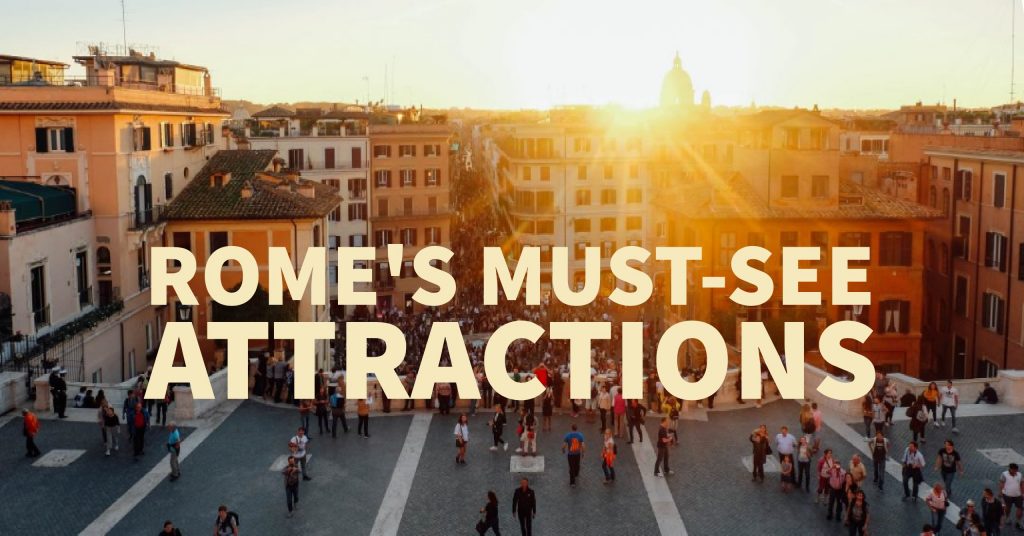


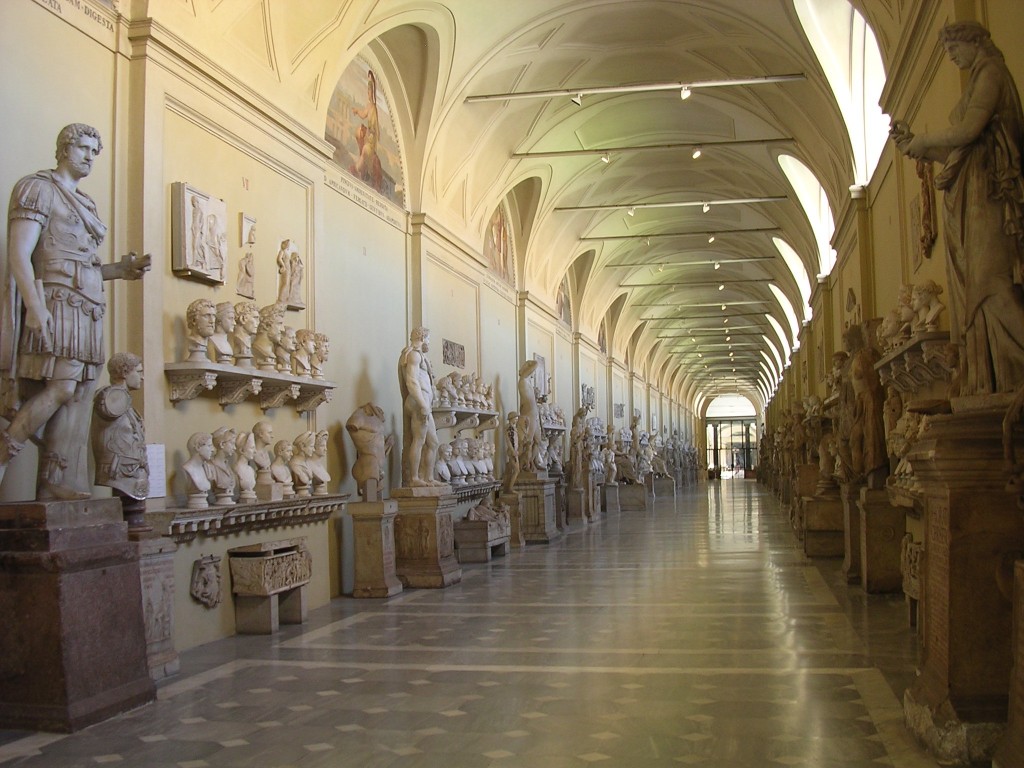


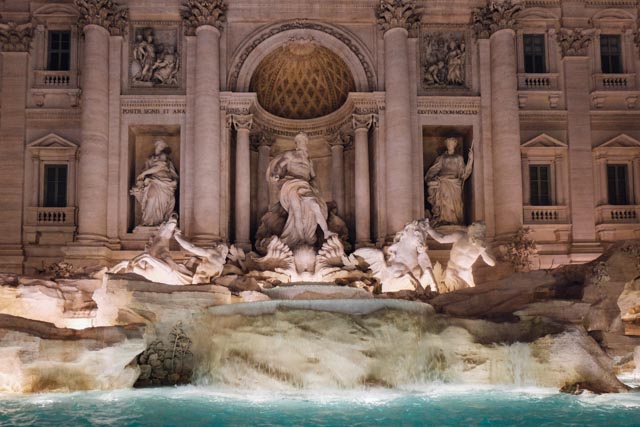
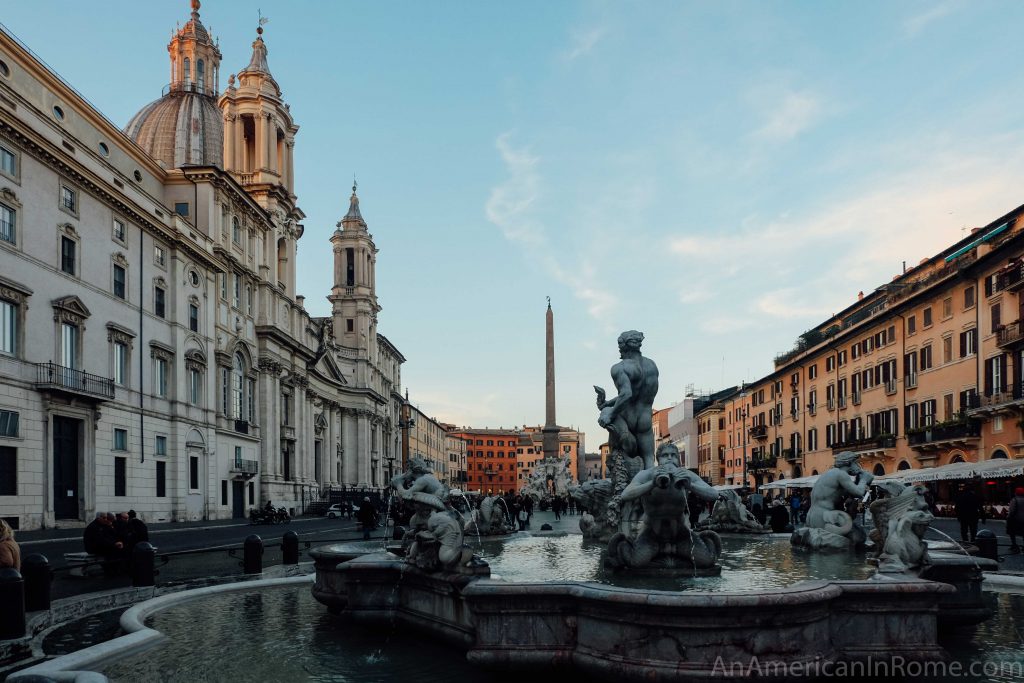
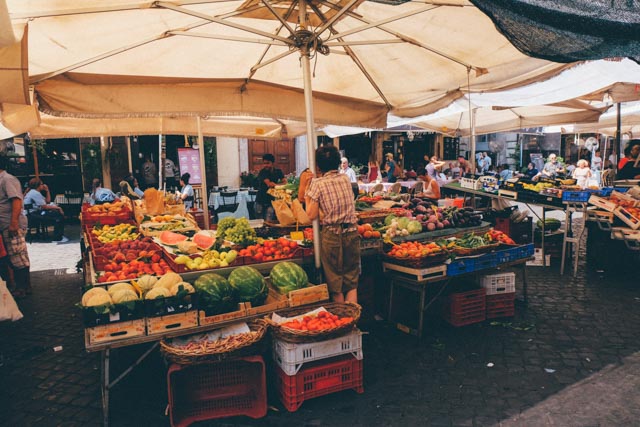


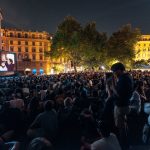
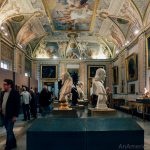
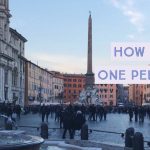
On our first trip to Rome, we skipped the Vatican museums and Castel Sant’Angelo. Instead we went to the Capitoline Museums, the Diocletian Baths and Ostia Antica. Strongly recommended.
All excellent suggestions!
I personally love St. Paul’s Cathedral (outside the walls). I put it up there with the colosseum and others.
Lovely suggestion!
I loved just sitting in piazza novena, sipping wine and people watch, and I think the flea market on weekend is a must too!!!